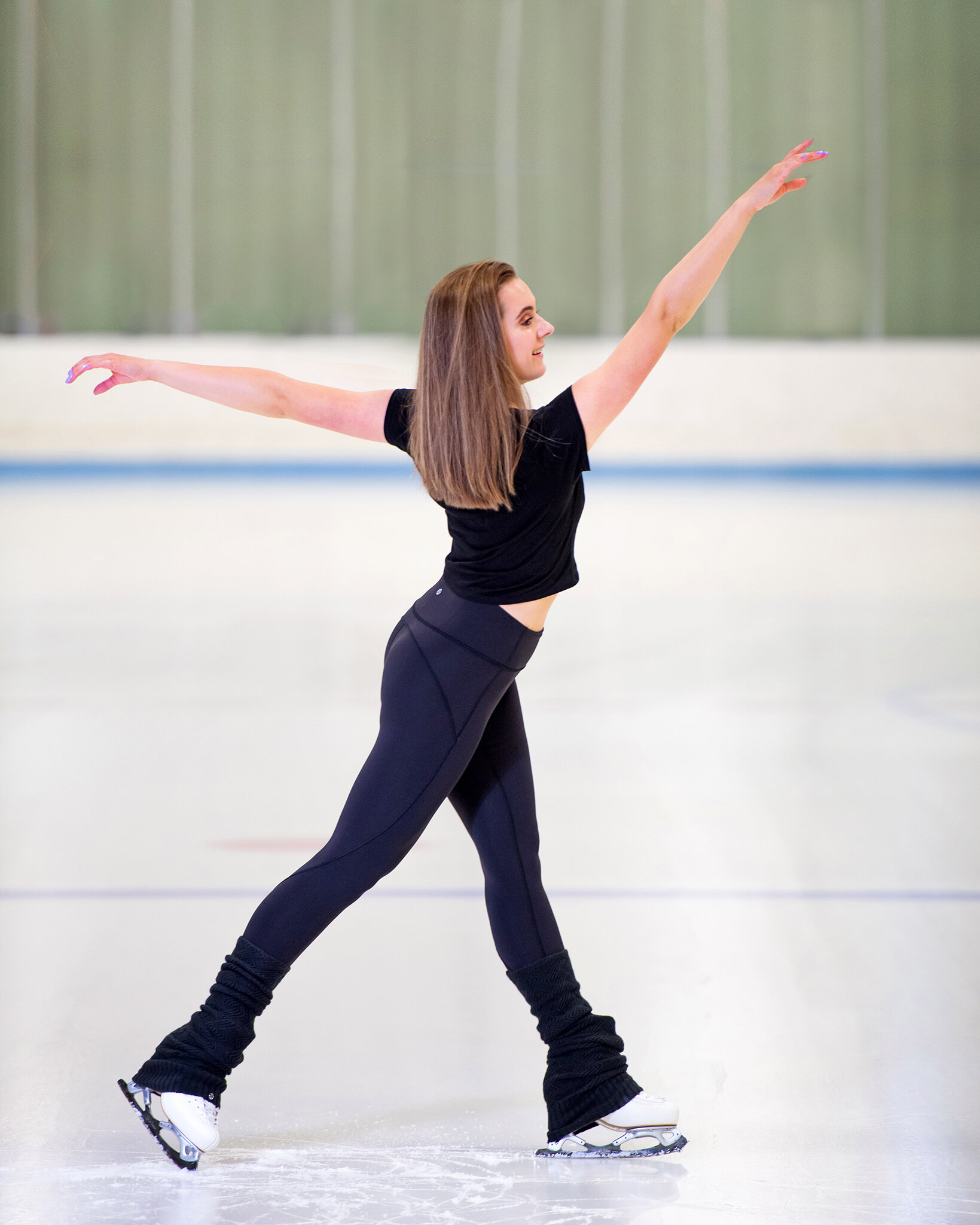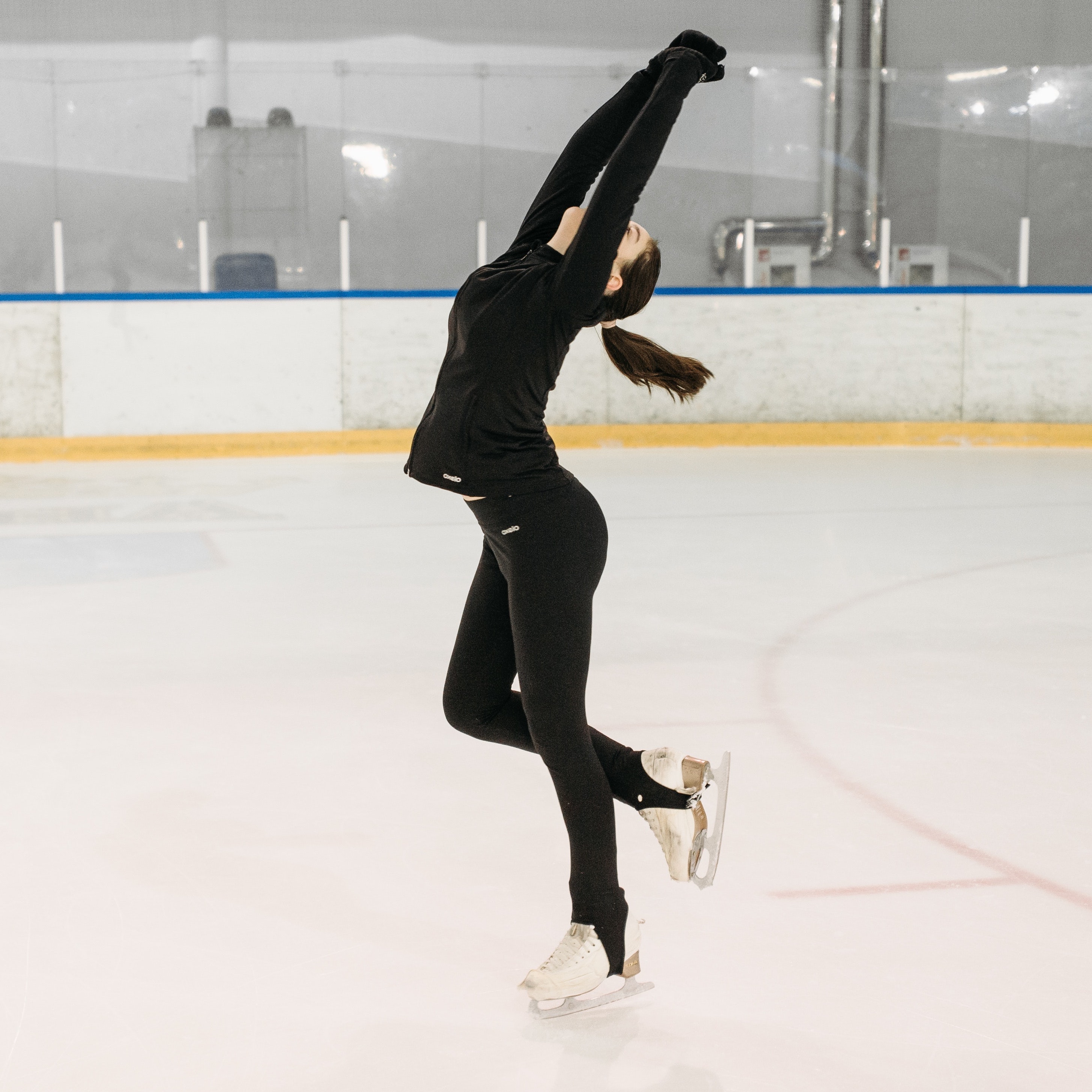Ice skating is an exhilarating activity that can be both fun and challenging for beginners. Whether you’re looking to glide gracefully around the rink or you’re aiming to develop a new skill set, mastering the basics is key to progressing smoothly on the ice. Learning proper techniques and building confidence in your movements are the building blocks for becoming a skilled skater.
In this article, we’ll cover the essential beginner ice skating techniques you need to learn to progress quickly and confidently on the ice.
1. The Basics of Ice Skating: Stance and Posture
Before you can start gliding or mastering complicated moves, it’s important to understand the proper stance and posture. The foundation of good skating lies in how you hold yourself on the ice.
- Bend your knees: Keep your knees slightly bent to absorb the shock of the ice and maintain balance. This position helps you stay low to the ice, which makes it easier to control your movements.
- Stay relaxed: Tension can hinder your movements, so it’s crucial to stay relaxed and fluid. Keep your arms slightly bent and your body loose as you skate.
- Head up, eyes forward: Keep your head up and eyes focused straight ahead, not down at your feet. This will help you maintain better balance and awareness of your surroundings.

2. How to Fall and Get Up Safely
One of the first things you’ll learn when you start ice skating is how to fall safely and get up correctly. Everyone falls at some point, so it’s important to know how to do it with minimal risk of injury.
- Falling Safely: Try to avoid putting your hands out in front of you when you fall, as this can lead to wrist injuries. Instead, aim to fall onto your side, keeping your arms close to your body.
- Getting Up: To get up after a fall, kneel on the ice with one knee, push off from the ice with your hands, and use your legs to lift yourself back to a standing position. Keep your hands and arms close to your body to avoid further injury.
3. Mastering the Basic Glide
Once you’re comfortable with your stance and getting back up after a fall, it’s time to master the most basic skating move: the glide.
- Push and Glide: Start by pushing off with one foot and gliding with the other. Your feet should remain parallel, and you should glide on the inside edge of your skate. Make sure to maintain a smooth and controlled motion by bending your knees slightly.
- Balance: As you glide, keep your core engaged and your body centered over your skates. This will help you maintain stability and control.
4. Learning to Stop: The Snowplow Stop
Stopping on ice is one of the most crucial skills every beginner skater needs to learn. The snowplow stop is an easy and effective way to halt your movement without losing control.
- How to Perform a Snowplow Stop:
- Begin by gliding forward with your knees slightly bent.
- Gradually bring the inner edges of your skates together while pushing outward with the heels.
- This motion will cause you to slow down and eventually stop as the edges of the skates dig into the ice.
Remember, it’s essential to practice this move slowly and consistently until you feel confident.

5. Learn to Glide Forward and Backward
Once you’ve mastered stopping, it’s time to work on your basic gliding technique, both forward and backward.
- Gliding Forward: Push off with one skate, glide on the inside edge of the other, and then alternate pushing off with each foot. The more you practice this fluid motion, the more stable you will become on the ice.
- Gliding Backward: Begin by rolling onto the back edges of your skates. Start with small pushes and gradually increase the distance. Moving backward may seem challenging at first, but with time and practice, you’ll improve your balance and coordination.
6. Practice the T-Stop
The T-stop is another key stopping technique and is useful when you need to stop more quickly or in a more controlled manner than the snowplow stop.
- How to Perform a T-Stop:
- Glide forward while keeping your knees bent.
- Shift your weight onto one skate, and place the other skate perpendicular to it (forming a “T”).
- The skate that is perpendicular should be pushed behind you, and the friction will slow you down.
This move is especially helpful for skaters who are learning how to navigate the rink with more control.
7. Building Confidence with Strides and Crossovers
Once you feel comfortable with the basics, it’s time to take your skating skills to the next level by learning how to stride and perform crossovers.
- Strides: Striding involves pushing your skate outward at an angle, then pulling it back in and gliding. This will help you build speed and control as you skate.
- Crossovers: Crossovers are used to maintain your momentum and move smoothly around the rink, especially while turning. To perform a crossover, you’ll push off with one foot and cross the other foot over it while gliding around a turn. Practice these moves in both directions to improve your balance and agility.

8. Skating with the Right Footwork: Edges and Circles
Once you’ve got your basic strides and crossovers down, working on edges and circles is an essential step to improving your control and precision.
- Inside Edges: Glide on the inside edges of your skates while turning or making curves. This requires practice and control to avoid losing balance.
- Outside Edges: Similarly, gliding on the outside edges of your skates allows for sharper turns and more precision.
- Circles: Practice skating in tight circles using the correct edges. This will help you build better control over your turns and improve your skating skills.
9. Build Strength and Flexibility
While mastering these basic techniques is important, building the strength and flexibility needed for ice skating is just as crucial.
- Strengthen Your Core: A strong core helps you maintain better balance and control. Exercises like planks, leg lifts, and sit-ups can be helpful.
- Improve Flexibility: Stretching exercises that target your hips, ankles, and legs will increase your range of motion and help prevent injuries.
- Leg and Ankle Strength: Incorporate calf raises, lunges, and squats to build strength in your legs, which is essential for control and stability on the ice.
10. Practice, Practice, Practice
Finally, the most important step to mastering ice skating as a beginner is practice. Skating may feel challenging at first, but the more you practice, the more confident and skilled you’ll become. Don’t be discouraged by initial falls or mistakes; every skater goes through it. With consistent practice, you’ll build muscle memory, improve your coordination, and gain the confidence to perform advanced skating techniques down the line.
Conclusion
Mastering beginner ice skating techniques is the first step to becoming a proficient skater. By focusing on the right posture, learning how to fall safely, practicing gliding and stopping, and gradually building your skills, you’ll gain the confidence and control you need to excel on the ice. Remember, progress comes with practice, and every small improvement brings you closer to your skating goals. So, lace up your skates, hit the ice, and enjoy the journey of becoming a skilled ice skater.

